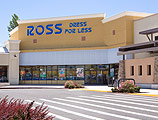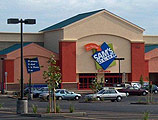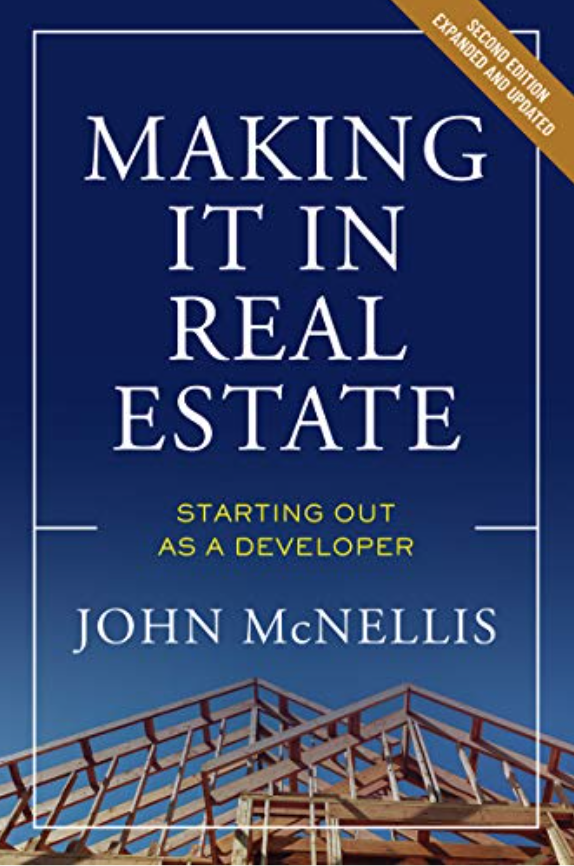Landlords already know this: People are getting more toasted than Wonder Bread. Happy Hour starts at 3 o’clock. Tenants selling reality-relief are killing it. I called a number of retailers to double-check my desultory anecdotal evidence. One, the owner of a first-rate supermarket chain, said his alcohol sales are up 25 percent since March. That came as no surprise, but the identity of his best-selling beer—Corona—did. Along with half of America, I assumed that Corona was destined to become the Adolph of beer labels. Wrong. Drinkers love it—some think calling a hangover a “corona virus” is funny. This merchant said the only limitation on his Corona sales was lack of inventory. Neither he nor any other seller of liquor is asking for any rent breaks.
I called a major beer distributor in the Central Valley. Same story. Up 25 percent across the board. Any brand outselling the pack? “Honey, anything selling in a can or a bottle, our customers are buying it.”
Alcohol is easy to vet, sales are reported—no one’s cooking moonshine in their backyards. Marijuana? Let’s just say the numbers are a little cloudy. Without getting lost in the weeds, the big picture looks like this: Recreational marijuana (“rec”) consumption is up considerably this year, but precise numbers are hard to come by. Point of sale numbers for California’s legal rec were up 29 percent for the month of August. These reported sales exclude of course the everyday low-cost alternatives of illegal and homegrown dope. How big is the illegal business? No one really knows, but a couple weeks ago California’s Attorney General Xavier Becerra touted the eradication of more than a million plants at 455 grow sites by the Department of Justice’s Campaign Against Marijuana Planting (CAMP) program. Unless CAMP is considerably more effective than most governmental programs, his numbers mean there’s enough illegal pot growing in the Golden State’s hills to blanket a lesser state. Or two.
As for the do-it-yourself crowd, you can grow a single plant on your kitchen window sill and, according to the net, harvest a couple hundred joints, enough to light up your neighborhood like a diesel generator. Grow the six plants you’re permitted under California law and you can buy yourself a tractor. No one has a clue how many pot transactions are free or bartered; maybe Netflix could make an educated guess by counting the number of times “Harold and Kumar go to White Castle” has been downloaded.
On the other hand, medical marijuana—the pain-killing lotions and potions—does lend itself to accurate accounting. It’s highly regulated, legal in 33 states and no one is selling it off the back of a truck. I asked the president of a leading medical marijuana company how the virus affected his business. Surprisingly, he said his sales were off 50 percent in early spring—during the depths of the shut-down—but slowly rebounded over the summer and are now surpassing their pre-Covid levels. He needed rent breaks in the spring. I had assumed just the opposite: that with everyone in all kinds of pain, his sales would have soared. He replied, “Tinctures and topicals are expensive. When the shutdown hit and people were suddenly unemployed, there was a flight from med to rec, to quantity over quality.” I think he meant that you can deal with back pain a couple different ways: rub an expensive lotion on your lumbar region or roll up a fattie. In addition to being cheaper, the latter approach has the benefit of making television comedy actually seem funny.
Reflecting on the Cannabiz in general, he said the price of “top flower” (on the street, buds) has risen from $1200 a pound wholesale in January to $1500 today, a result of its increased demand. He said the industry benefitted by being earmarked essential from the get-go. (Guns and ammunition were also classified essential from day one; let’s hope the overlap between the two consumer groups is small.) More than its essential classification, he believed the business was aided by the $600 federal stimulus payments to the unemployed. That figures. And, reflecting trends in the larger economy, he thought one clear Cannabiz winner is its home delivery sub-industry; it’s been growing exponentially at the expense of the bricks-and-mortar dispensaries.
As with alcohol, the real estate industry need not worry about its marijuana tenants. Let’s face it, selling highly addictive products has a distinct upside (just ask Starbucks). The great toilet paper run may have made all the headlines, but it had nothing on pot. When the dopers belatedly realized their dispensaries were about to shut down in mid-March (“Whoa, dude, for sure? No? Whoa. That’s heavy”), they stormed the Bastille, their lines wrapping around the pot shops for blocks, buying everything green except the AstroTurf.
A reasonable response to this the worst year anyone can recall.






















